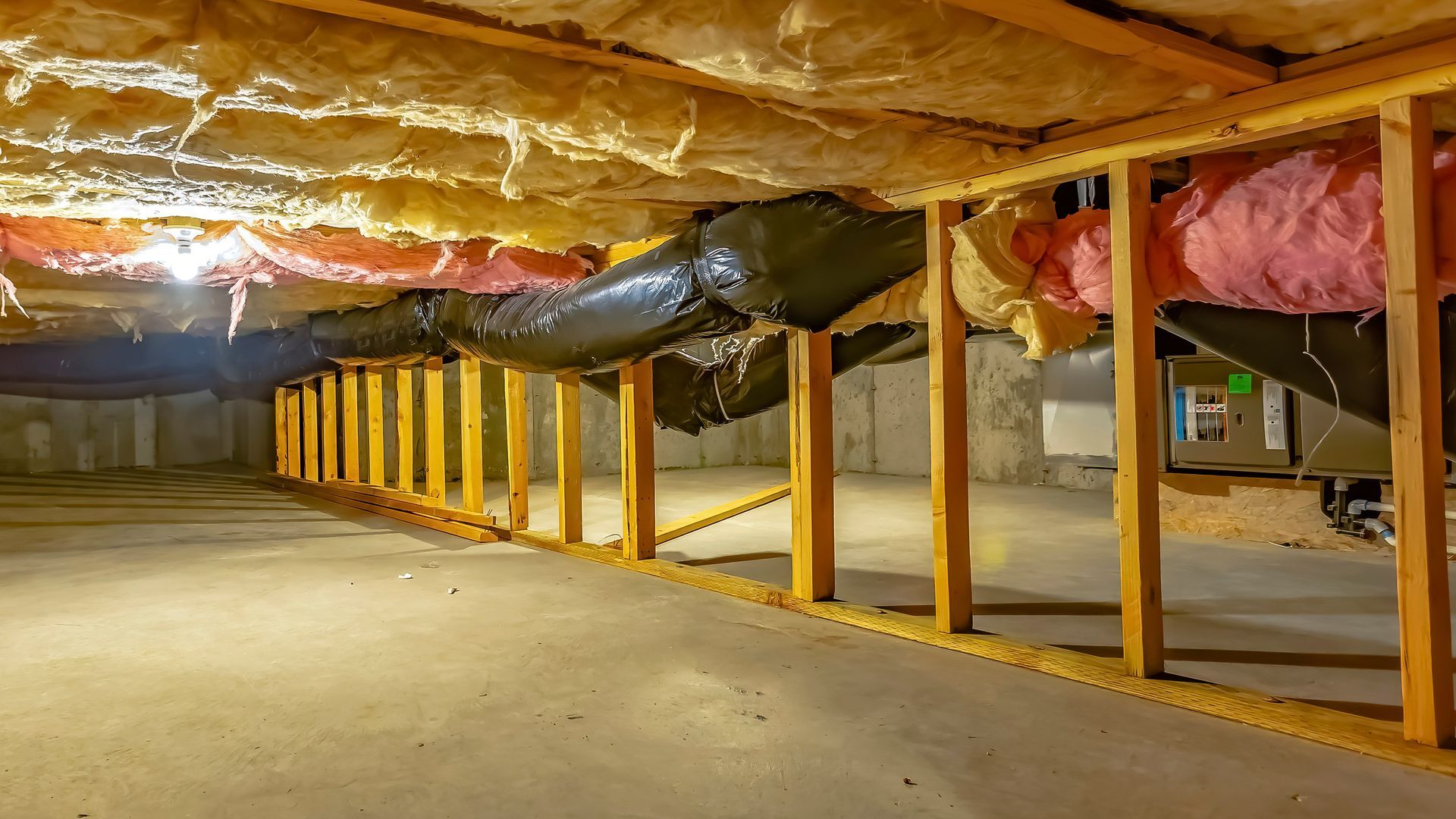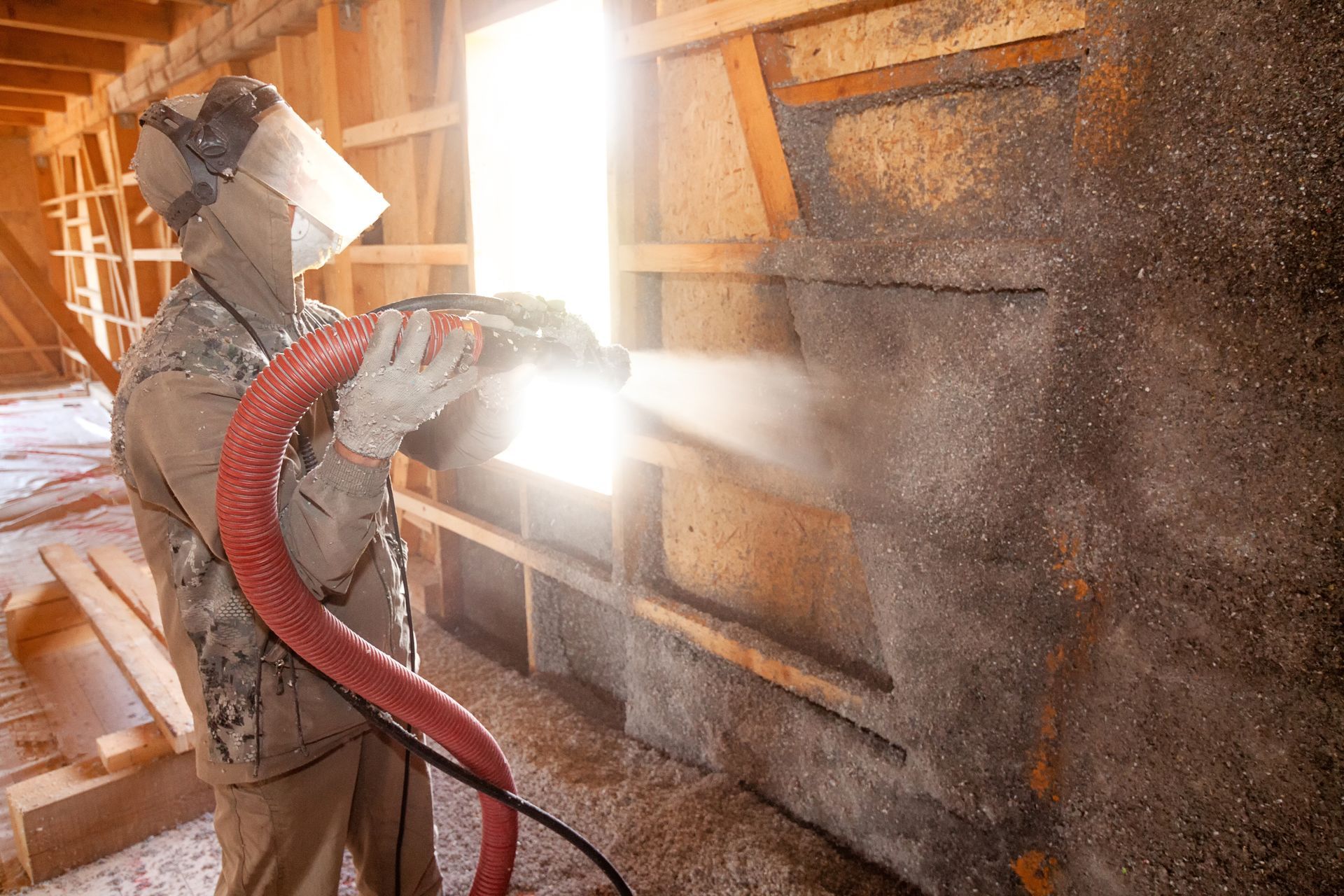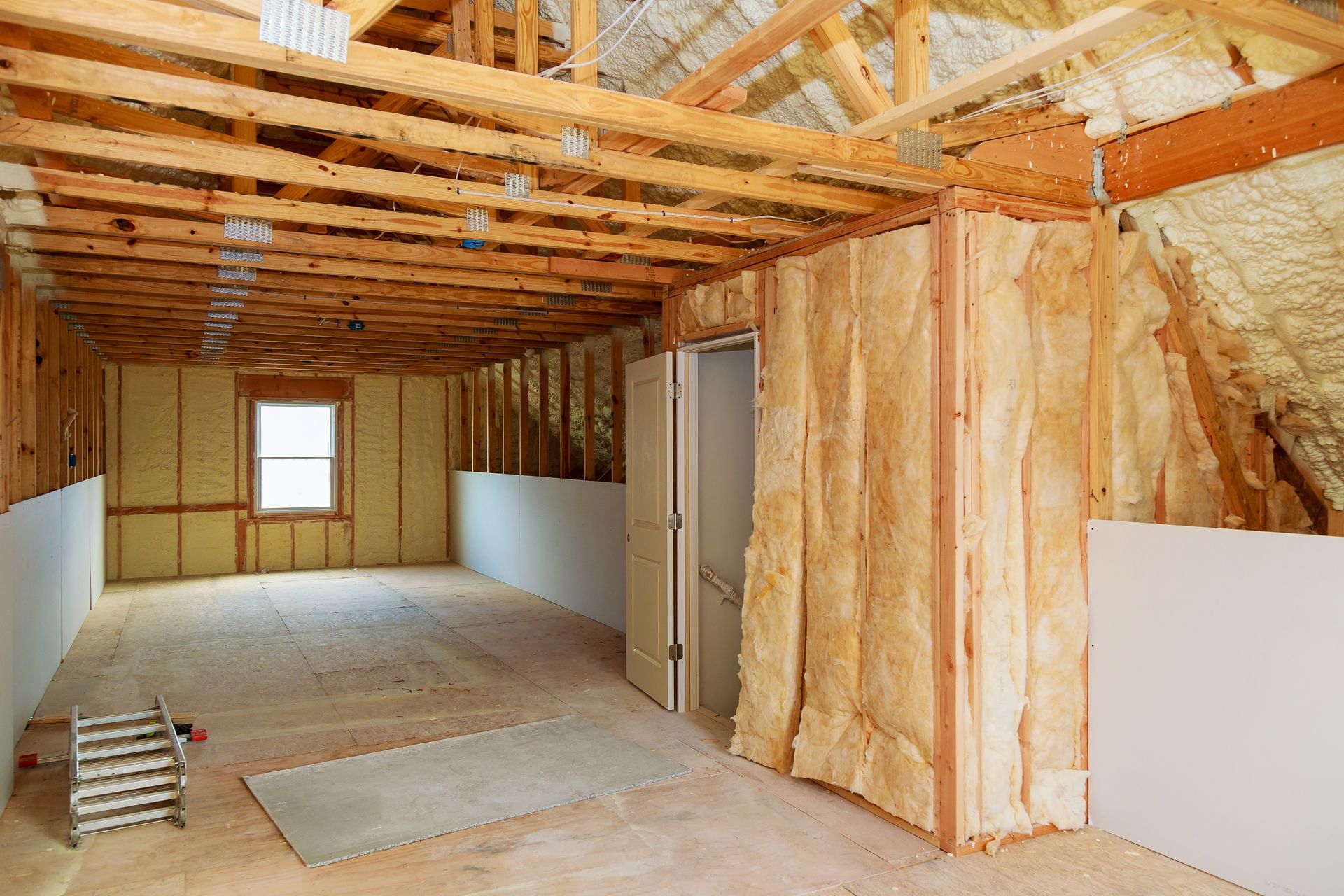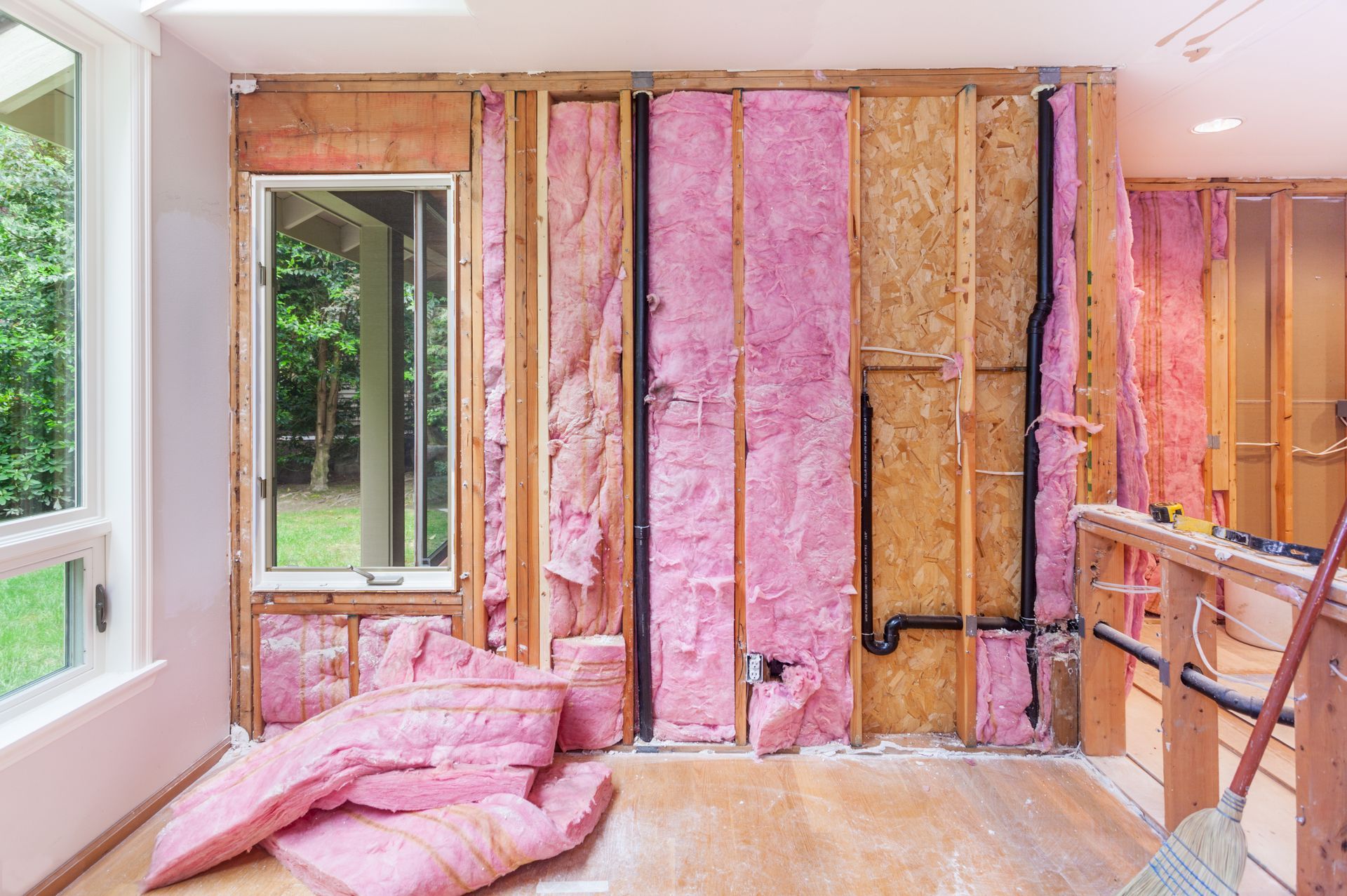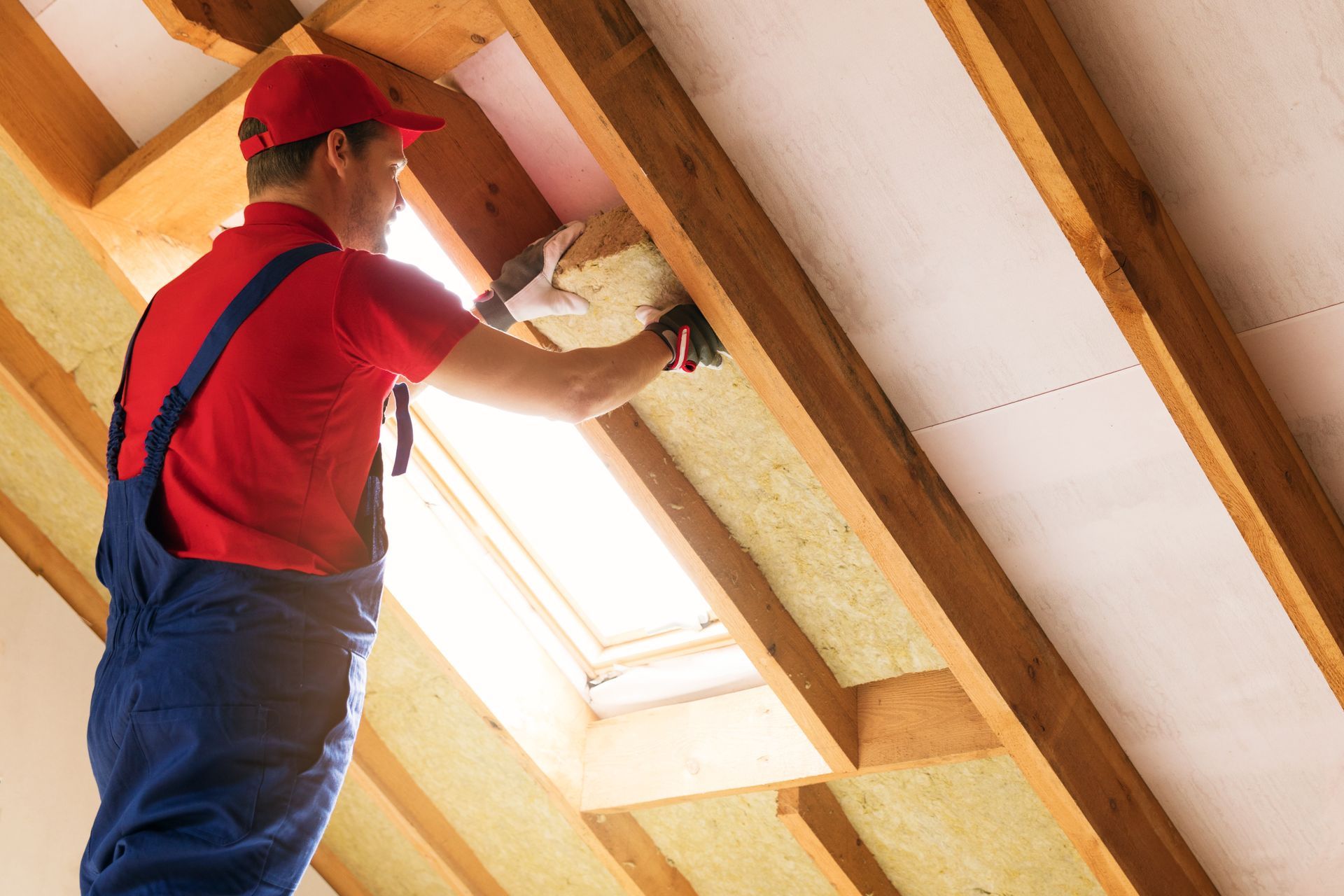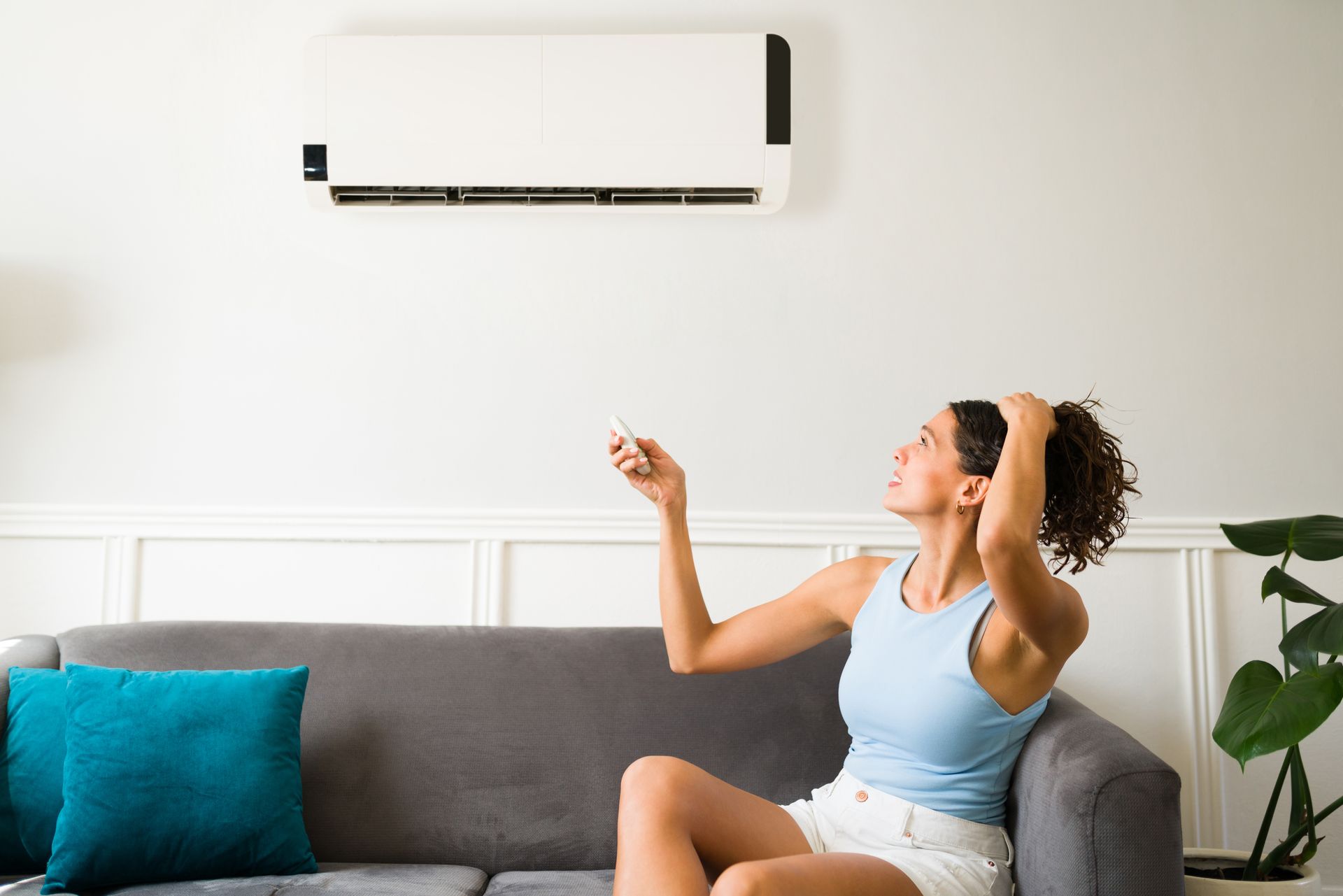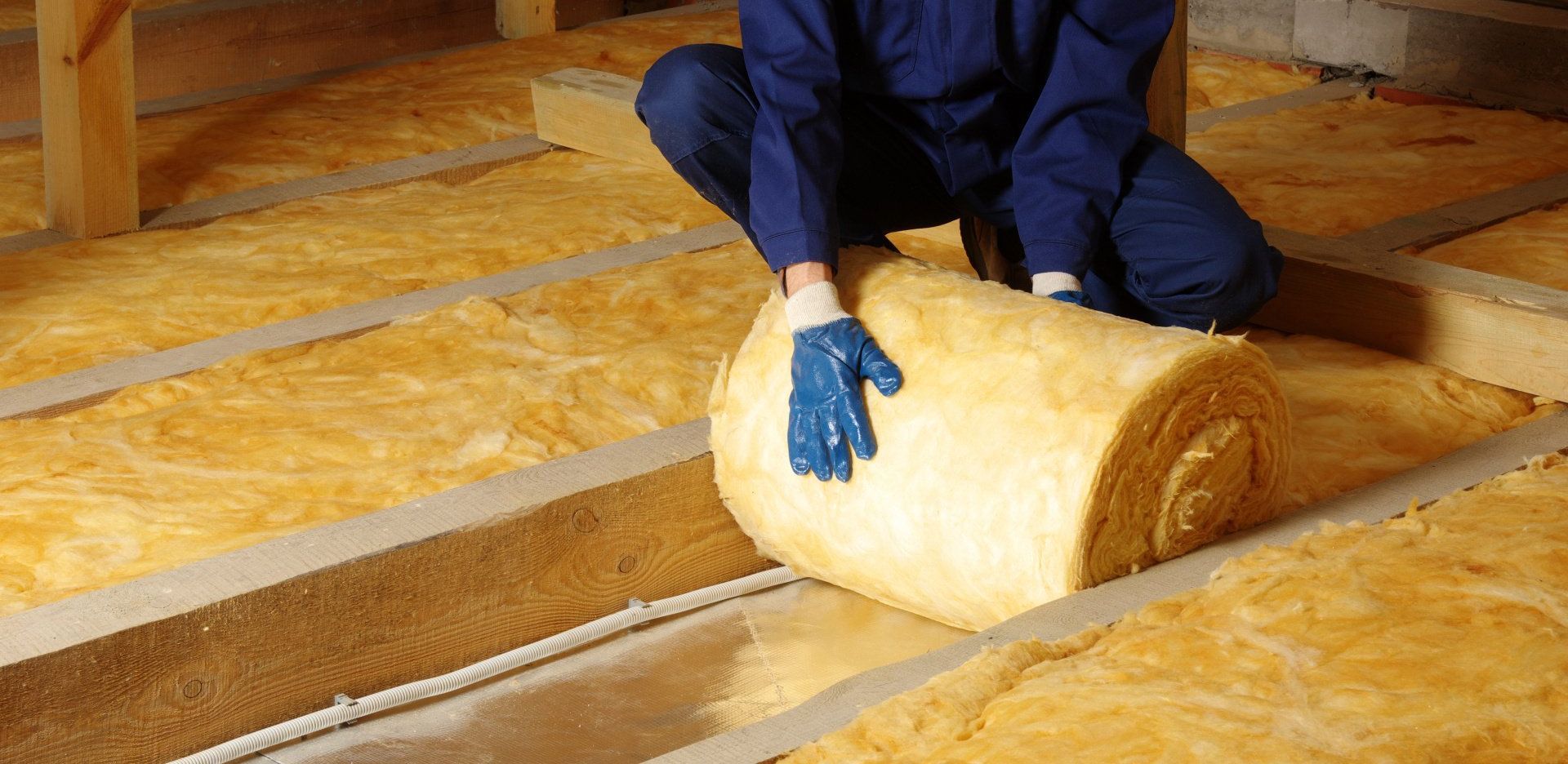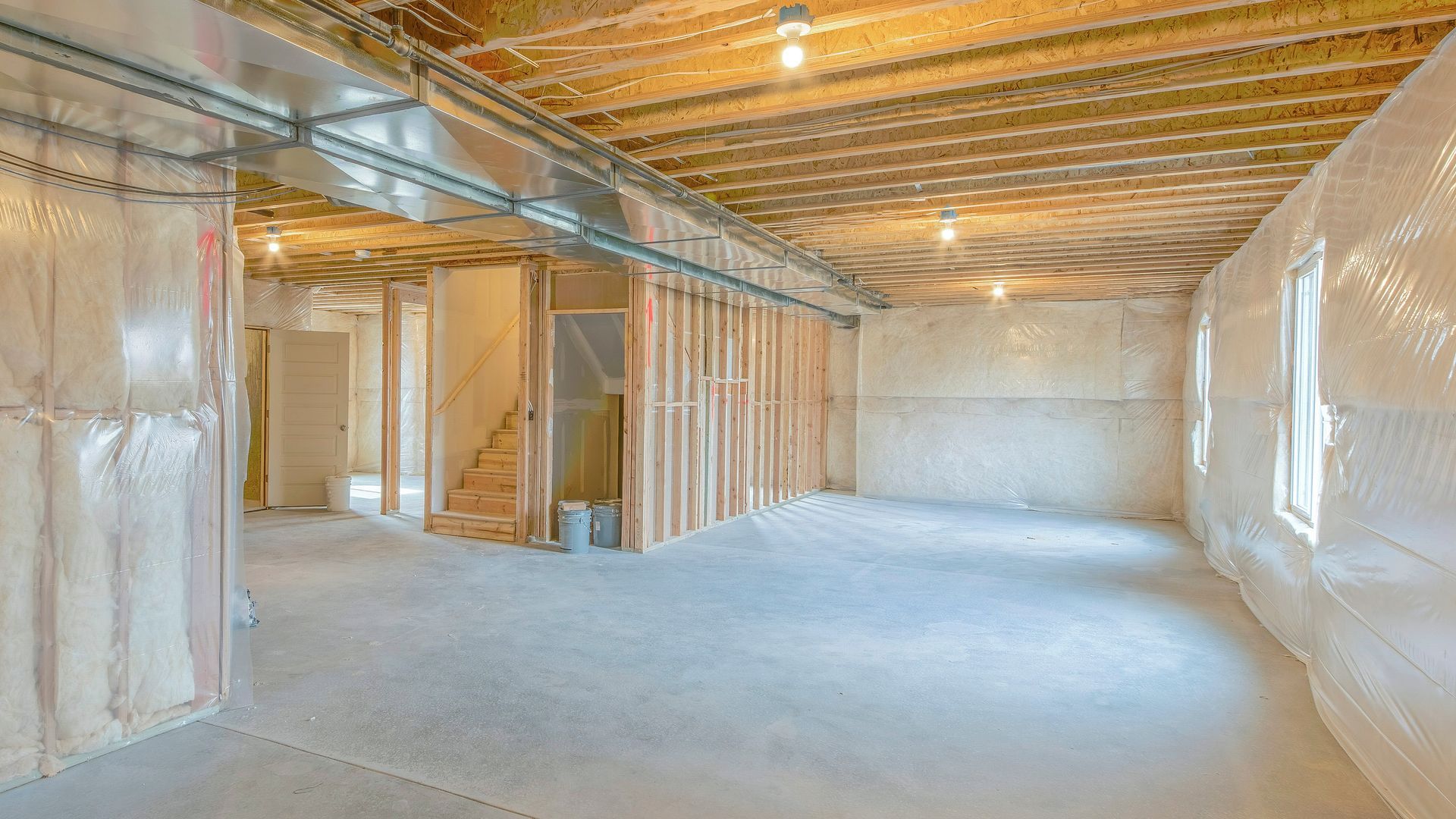Harnessing the Benefits of Blown-In Insulation for Summer Cooling Costs
Yes, blown-in insulation can help with cooling costs as well. While insulation is commonly associated with keeping homes warm in colder months, it also plays a crucial role in maintaining a comfortable indoor temperature during hot weather.
Blown-in insulation, such as cellulose or fiberglass, helps create a thermal barrier that limits the transfer of heat into your home. By effectively slowing down the movement of heat, insulation helps keep the interior cooler by reducing heat gain from the outside.
During hot summer months, the insulation acts as a buffer against the outdoor heat, preventing it from seeping into your home. This reduces the reliance on air conditioning systems, allowing them to operate more efficiently and consume less energy. With improved insulation, your cooling equipment doesn't have to work as hard to maintain a comfortable temperature, resulting in potential energy savings and reduced cooling costs. Additionally, blown-in insulation helps to even out temperature distribution throughout your home, minimizing hot spots and ensuring a more consistent and comfortable indoor environment. It also aids in reducing drafts and air leakage, preventing warm air from infiltrating your home and counteracting the cooling effect of your air conditioning system.To maximize the cooling benefits of blown-in insulation, it's essential to have proper insulation levels and ensure adequate coverage in attics, walls, and other areas where heat transfer occurs. Consulting with insulation professionals or energy auditors can help determine the right type and amount of insulation needed for your specific home and climate.
As the scorching summer heat approaches, managing cooling costs becomes a top priority for homeowners. Blown-in insulation emerges as a powerful solution that not only helps keep homes warm in winter but also offers significant benefits for cooling during the hot summer months. In this article, we will explore how blown-in insulation can be a game-changer in reducing summer cooling costs while enhancing comfort and energy efficiency.
Understanding Heat Transfer:
To appreciate the impact of blown-in insulation on cooling costs, it's essential to understand how heat transfer works. Heat can transfer through conduction, convection, and radiation. During summer, heat gain from the exterior poses a significant challenge. Blown-in insulation acts as a vital line of defense, effectively reducing heat transfer and maintaining a comfortable indoor environment.
How Blown-In Insulation Works:
Blown-in insulation, typically made of materials like cellulose or fiberglass, is designed to be installed as loose-fill insulation. This installation method allows the insulation to fill cavities, gaps, and crevices more effectively, ensuring a seamless thermal barrier. The insulation material traps pockets of air, inhibiting the movement of heat and minimizing heat transfer through the building envelope.
Benefits of Blown-In Insulation for Summer Cooling:
- Reduced Heat Gain: Blown-in insulation plays a crucial role in reducing heat gain from the outside. It acts as a barrier, preventing hot air from infiltrating your home. By limiting heat transfer, insulation helps maintain a cooler indoor temperature and reduces the workload on your air conditioning system.
- Increased Energy Efficiency: By reducing the reliance on air conditioning, blown-in insulation enhances the energy efficiency of your home. When your cooling system doesn't have to work as hard to combat heat gain, it consumes less energy, resulting in lower cooling costs. Over time, these energy savings can add up significantly.
- Enhanced Comfort: Blown-in insulation creates a more comfortable living environment by ensuring consistent indoor temperatures. It minimizes hot spots and drafts, creating a balanced climate throughout your home. No longer will you have to endure uncomfortable temperature variations, allowing you to fully enjoy the summertime in your living spaces.
Proper Insulation Levels and Coverage:
To harness the full benefits of blown-in insulation, it's crucial to ensure proper insulation levels and coverage. Attics, walls, and other vulnerable areas should have adequate insulation thickness and density. Consulting with professionals or energy auditors can help determine the appropriate insulation requirements for your specific home, considering factors like climate and building design.
Additional Considerations:
Incorporating blown-in insulation into your overall energy-saving strategy can yield even greater benefits. Combined with sealing air leaks, upgrading windows and doors, and optimizing HVAC systems, blown-in insulation can maximize energy efficiency and reduce cooling costs further. Moreover, reducing energy consumption not only benefits your wallet but also contributes to a greener and more sustainable future.
Blown-in insulation is a powerful tool for homeowners seeking to reduce summer cooling costs while enhancing comfort. By limiting heat gain, increasing energy efficiency, and providing consistent indoor temperatures, blown-in insulation offers a long-term solution for managing cooling expenses. Embrace the potential of blown-in insulation, consult with professionals, and invest in a cooler, more energy-efficient home. With this effective solution, you can enjoy summer without the worry of skyrocketing cooling bills while promoting a more sustainable lifestyle.
